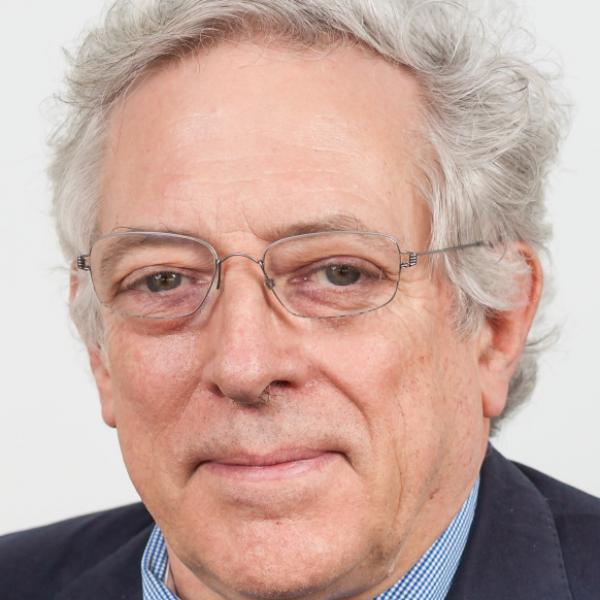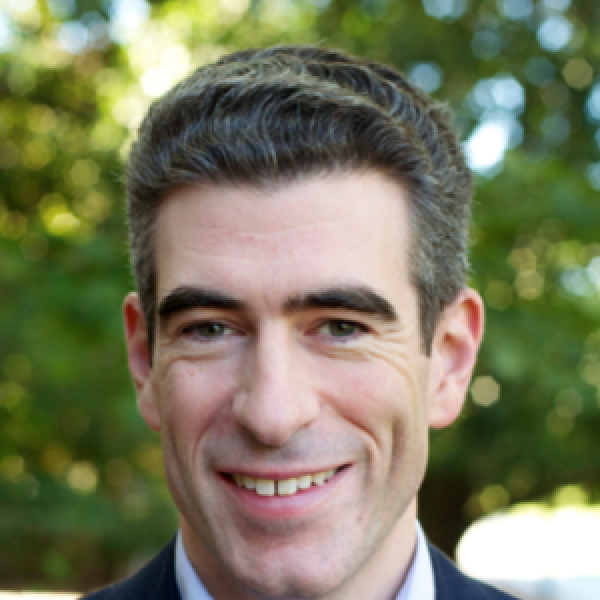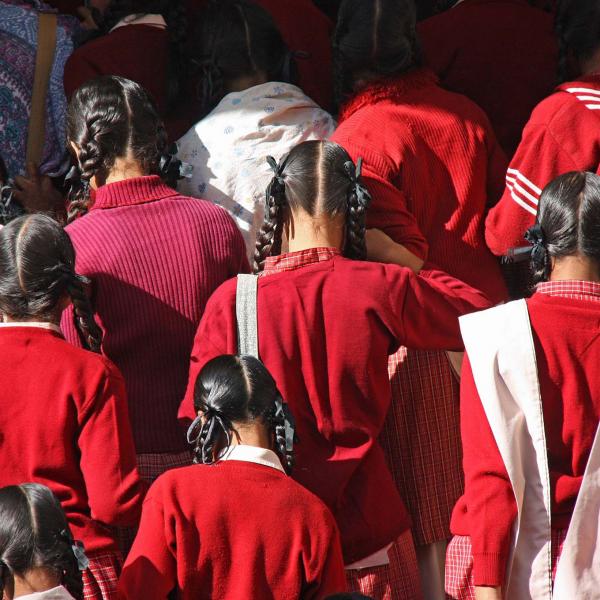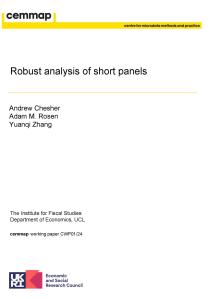We study an extension of a treatment effect model in which an observed discrete classifier indicates which one of a set of counterfactual processes occurs, each of which may result in the realization of several endogenous outcomes. In addition to the classifier indicating which process was realized, other observed outcomes are delivered by the particular counterfactual process. Models of the counterfactual processes can be incomplete in the sense that even with knowledge of the values of observed exogenous and unobserved variables they may not deliver a unique value of the endogenous outcomes. Thus, relative to the usual treatment effect models, counterfactual outcomes are replaced by counterfactual processes. The determination of endogenous variables in these counterfactual processes may be modeled by the researcher, and impacted by observable exogenous variables restricted to be independent of certain unobservable variables as in instrumental variable models. We study the identifying power of models of this sort that incorporate (i) conditional independence restrictions under which unobserved variables and the classifier variable are stochastically independent conditional on some of the observed exogenous variables and (ii) marginal independence restrictions under which unobservable variables and a subset of the exogenous variables are independently distributed. Building on results in Chesher and Rosen (2017), we characterize the identifying power of these models for fundamental struc-tural relationships and probability distributions of unobservable heterogeneity.









